The landscape of the Selva Zoque
The deep green mountain ranges of theSelva Zoquein southern Mexico can be considered the birthplace of cocoa. Cocoa has been grown here for over 4000 years. In fact, the ancient Zoque and their Olmec ancestors were as brilliant minds as the Greeks of Europe. They were stargazers and kept a progressive calendar, they invented the sauna and an invigorating drink made from a forest fruit, which they believed to be sacrede „cockatoo“ called.

Of theSelva Zoque in the world
This is also where cocoa as food for the soul and body began its journey to the rest of the world, when Spanish conquistador Hernan Cortés was offered a sacred aphrodisiac by the Aztec ruler Moctezuma in 1519 - a frothy, bitter, spicy and cornmeal-infused cocoa drink . With the first cocoa beans to cross the Atlantic, cocoa became Mesoamerica's gift to the world..

The cocoatabasqueno
The mountain rangeSelva Zoque is the only place in the world that can boast 4,000 years of uninterrupted cocoa cultivation and consumption, making it a hotspot for flavorful cocoas.
What liketabasqueno-Cacao is a local and wild hybridization of the ancientcriollo-cocoa, which dates back thousands of years and was scattered throughout the wilderness of Mesoamerica by spider monkeys and ancient civilizations such as the Olmec, Mokaya, and Maya, and aAmelonado-Cocoa from the Amazon brought to Tabasco by a French family in the early 20th century. Here, in the rainforest-coveredSelva Zoque, wild crossing has been going on for more than a century.

Fermentation like at the winemaker
Cocoa farmers hike uphill for up to 4 hours to harvest the cocoa pods. The cocoa beans, still in their sweet and fruity pulp, are thenn agrofloresta bought in the villages and then directly in theirsFermentadora brought. There the beans usually ferment in five to six daysTabebuia-Wooden boxes (a tropical wood). Only precisely monitored fermentation ensures that the full potential of the local cocoa varieties is developed. As with viticulture, Brix (sugar content), temperature and atmospheric conditions are constantly measured while the beans are fermenting. After fermentation, they are dried on raised wooden platforms in the Mexican sun.

local traditions
Local cocoa farmers lightly roast their cocoa beans over the fire and grind them together with corn into a fine flour. Then this mixture in hot water with a long wooden stick, theMolinillo, stirring until the cocoa has dissolved and the drink is frothy. This is how the locals start almost every morning in the Mexican jungle - for 4000 years. For cocoa farmers, this traditional drinking chocolate has rightly become part of the morning routine, as the cocoa it contains is a great source of nutrients.
„Cacao is our traditional way of life, says Jose. He adds that his family uses 60 kg of cocoa a year in their kitchen, which they use for their morning traditional hot chocolate and mole (spice sauce) use.
„I'm from Tabasco,with knots of Mayan bloodwhere the ground cocoagave water a new meaning“Loosely translated poem by Carlos Pellicer Cámara

History of Cacao Cultivation in theSelva Zone
Despite the region's millennia-old cocoa culture, cocoa cultivation has experienced a decline in recent decades. Local indigenous families have endured decades of low cocoa prices and poverty. Faced with poverty and few opportunities in the small villages, many young villagers choose to migrate to Mexico's larger cities. Thankfully, local families don't give away their Tabasqueño cocoa easily, using it daily in their drinking chocolate and flavorful sauces, but the migration of young men and women is weakening their indigenous traditions and languages. Also the ancestral land of the Zoque and Tzotzil imSelva Zoque is under pressure: untouched rainforest areas are being converted into cattle pastures and the loss of biodiversity is immense. Fortunately, large tracts of forest are owned by the indigenous communities, who keep the wilderness intact with their traditional lifestyle and careful management of the forest they call home.
Cocoa as a sign of new beginnings
Few peoples have been more persecuted throughout history than the indigenous tribes of Mesoamerica, but they have held on to their spirited traditions through resilience and rebellion. With the arrival of the Spanishconquistadors the natives lost their land and were used as forced laborers on large haciendas for centuries. Only with the Mexican Revolution did they get their ancestral land back, on which they could farm again and practice their traditional way of life. The Tzotzil moved back into the Mexican Revolution after the Mexican RevolutionSelva Zoque back to her villageCerro Blanco founded. There they found old cacao trees in the shade of the forest. These old cacao trees are still standing today and are the mother trees of the cacao growing in the village.

Impact & environmental protection
The primeval forests of the Zoque and Tzotzil tribes in theSelva Zoque disappear. Through cocoa projects like that oforiginal beans the local cocoa price is raised and cleared pastureland is actively converted back into traditional mixed forests. While the zoque and tzotzil farmers can improve their livelihood by selling cocoa, they also support the protection of endangered animals such as spider monkeys and jaguars with the mixed forests.
Therefore worksoriginal beans since 2014:
- Established a direct trade supply chain and supported organic certification for 3 indigenous villages
- Education of farmers in forest-friendly and organic cocoa cultivation
- Cultivation of selected Tabasqueño cocoa and forest trees in 7 nurseries
- Convert rangeland into diverse cocoa forests that act as buffer zones and wildlife corridors at the rainforest boundary
- Protect 1,200 hectares of rainforest and native landscape through conservation treaties
„It is important to teach our children to be patient and protect our country so that every generation has a livelihood. Don José, cocoa farmer in Cerro Blancoo

40,000 new cocoa trees planted in one year
Original Beans works directly with local farmers like José and her local partneragrofloresta together. They have built a direct trade supply chain that guarantees high and stable cocoa prices for farmers and a forest protection project through which the most aromatic and resilient of thetabasqueno-Cocoa are grown in nurseries and then planted in cocoa forests. 40,000 cocoa trees were planted in 2019 alone and 62 hectares of land have so far been converted from cattle pastures to mixed forests.

Cacao grows together with chili, vanilla, allspice, ...
10 selected cacao varieties grow here under the cedar canopy along with 40 different crops and tree species including cacao, tomatillo, chili, vanilla, allspice, cinnamon, breadnut and annatto. This diverse mixed forest is an excellent example of how sustainable cultivation can have a positive impact on the environment and the local community at the same time.
Cocoa forests as buffer zones of nature
Healthy cacao forests act as buffer zones for primary forest and as corridors for wildlife moving between forest areas. They store CO2, enrich soil, protect watersheds and provide their gardeners with a wide variety of food and income sources. This is the most sustainable land use model in these latitudes, surviving for thousands of years.
Thanks to Original Beans
All photos as well as the basic data and direct interview quotes were kindly provided by Jan Schubert fromoriginal beans made available.original beans is both a chocolate brand and a now significant cocoa bean importer and Jan travels around South America on their behalf,to set up projects with small farmers and local partners on site and to develop long-term partnerships. We buy our cocoa beans directly from Original Beans, who set the highest sustainability standards for their cocoas, which go far beyond organic certification.
You can the cocoahere order.





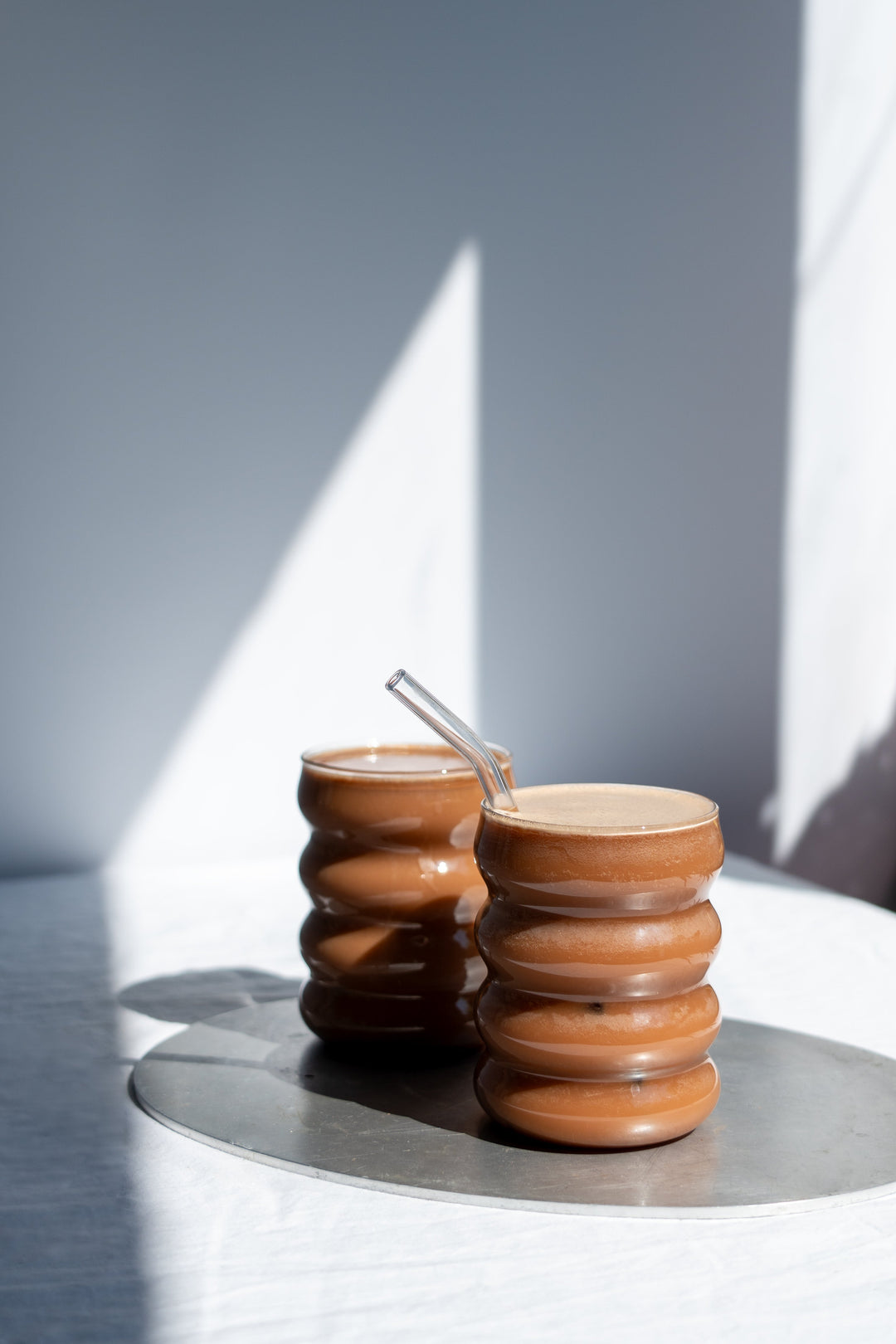
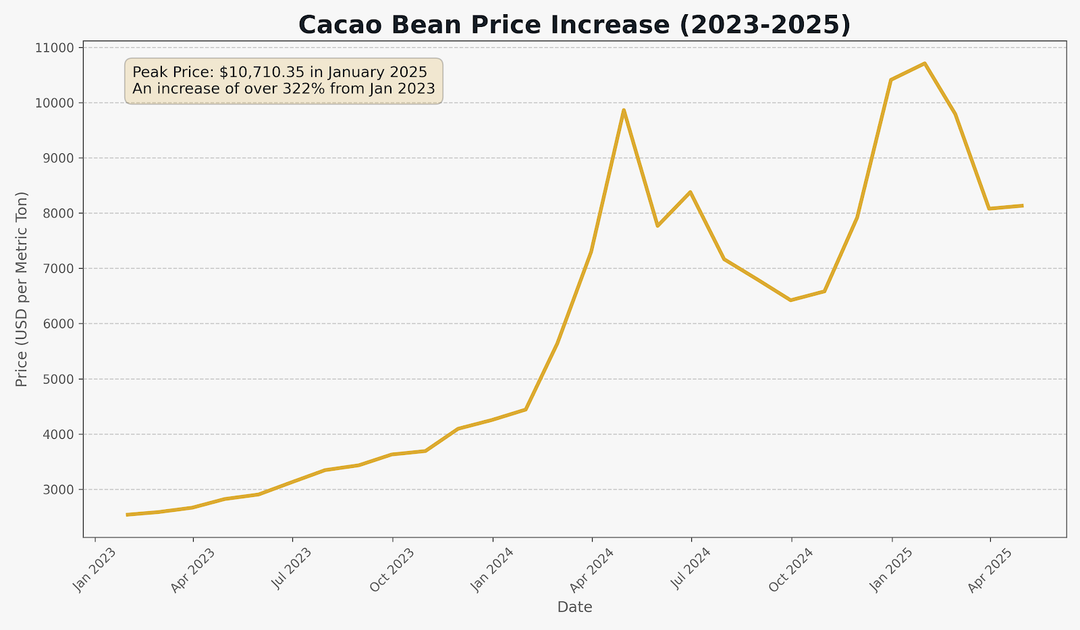
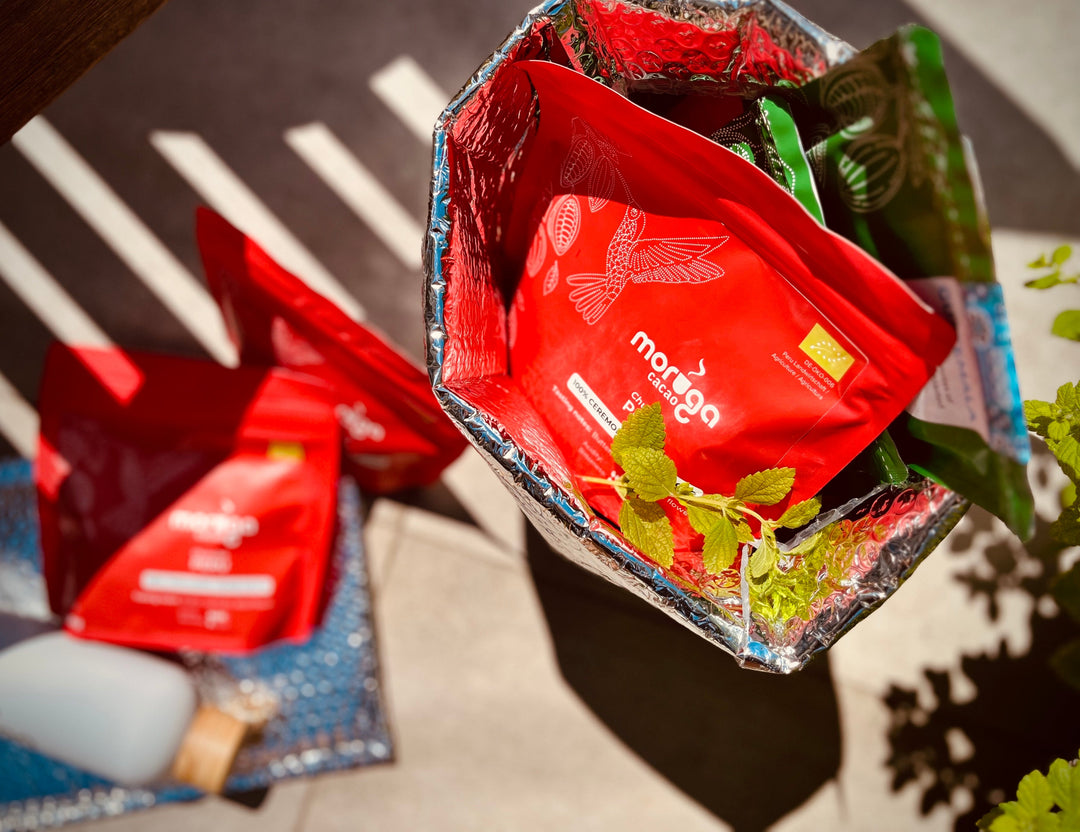
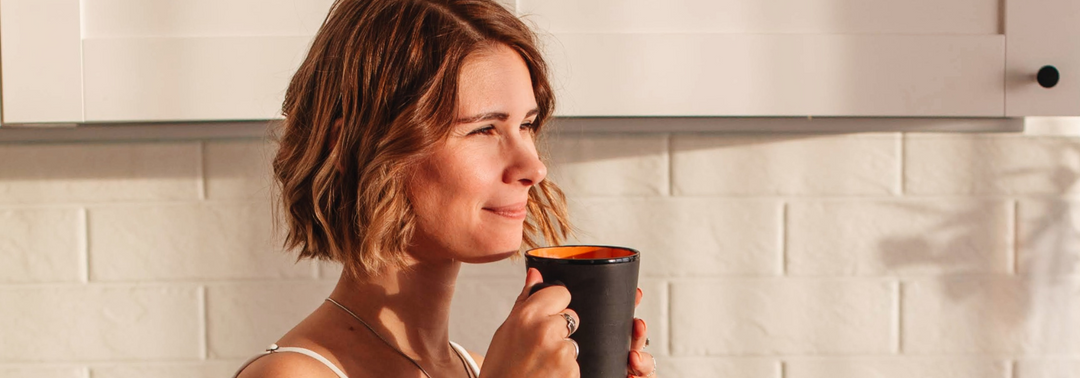
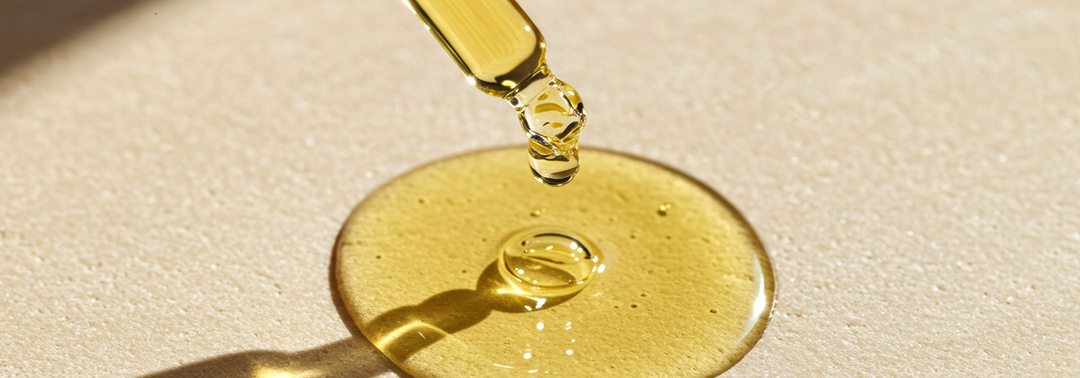
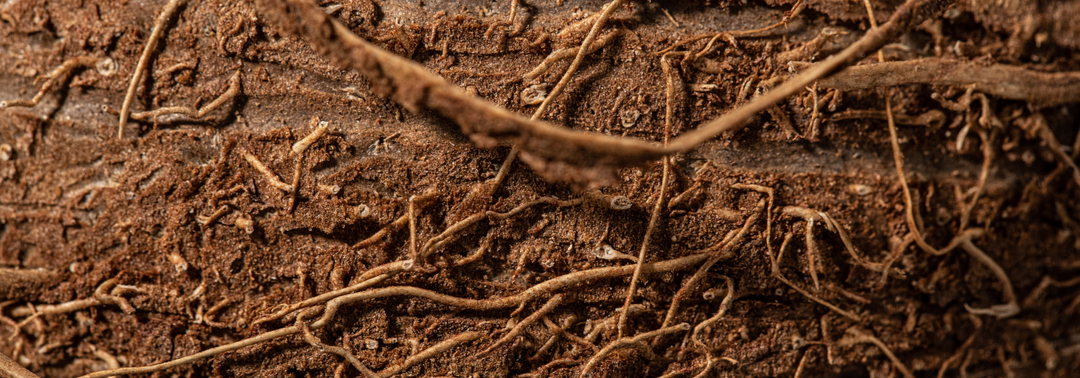
Leave a comment